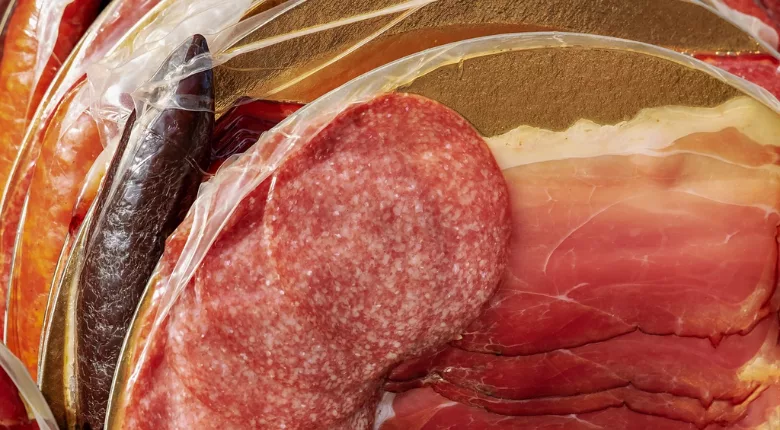Spoilage Bacteria Pseudomonas Able to Grow on Meat After Heat Treatment, in Vacuum-Sealed Packaging, Study Shows

Image credit: 1195798 via Pixabay
Spoilage bacteria Pseudomonas are able to survive thermal processing methods commonly used in meat production and can grow in refrigerated, vacuum-sealed packaging with little to no oxygen, according to a recent study. The researchers who conducted the study stress the need to further investigate the heat resistance of foodborne bacteria to understand and mitigate product spoilage.
For the study, the researchers isolated Pseudomonas from spoiled turkey products and inoculated the bacteria in a salted and seasoned beef emulsion that was vacuum-sealed and heat-treated at temperatures mimicking thermal processes commonly used in the meat industry (54.4 °C and 71.1 °C). Samples were stored for a total of 294 days at 4 °C and 10 °C, and were plated using Pseudomonas-specific agar plates.
Immediately after processing, the presence of Pseudomonas on the samples were below the detectable threshold of 0.18 log10 colony forming unit per gram (CFU/g). Pseudomonas were first recovered in the cooked samples after 14 days of storage at both 4 °C and 10 °C, and were recoverable from all cooked sample groups stored at 4 °C and 10 °C on days 28 and 56, respectively. For traditional plate counting experiments, an increase greater than 1 log10 is considered an indicator of true microbial growth, and true growth was observed on day 112 of storage at 4 °C for samples heated to either 54.4 °C or 71.1 °C. Samples heated to 71.1 °C and stored at 10 °C also showed a greater than 1 log10 increase after 112 days of storage, and the samples that were heated to 54.4 °C and held for 121 minutes did not demonstrate true microbial growth until 294 days of storage.
The final Pseudomonas concentration was greater than 2 log10 CFU/g in thermally processed treatment groups at the end of storage, indicating that the Pseudomonas isolates were able to survive heat processing and grow during extended vacuum storage. However, the presence of Pseudomonas at concentrations greater than 4 log10 CFU/g from uncooked samples taken immediately after emulsification supports that the large decrease in Pseudomonas in cooked samples is primarily due to the heat treatments.
Although concentrations of recovered Pseudomonas in the study are considerably lower than concentrations present in fully spoiled meat products, the researchers underline that it is possible for spoilage to occur as demonstrated by their experiment.
Overall, the researchers believe their findings raise concerns about the ability of spoilage bacteria to survive the thermal processing schedules commonly used in the meat industry and confirm that some Pseudomonas are capable of thriving in products other than aerobically stored fresh meat. Further investigation of the genetic and proteomic composition of the Pseudomonas isolates is needed to determine the mechanisms of action for the phenomena observed in the study. More research is also required to determine the overall prevalence of heat resistance of other bacteria present on meat and in the processing environment.
Looking for quick answers on food safety topics?
Try Ask FSM, our new smart AI search tool.
Ask FSM →









